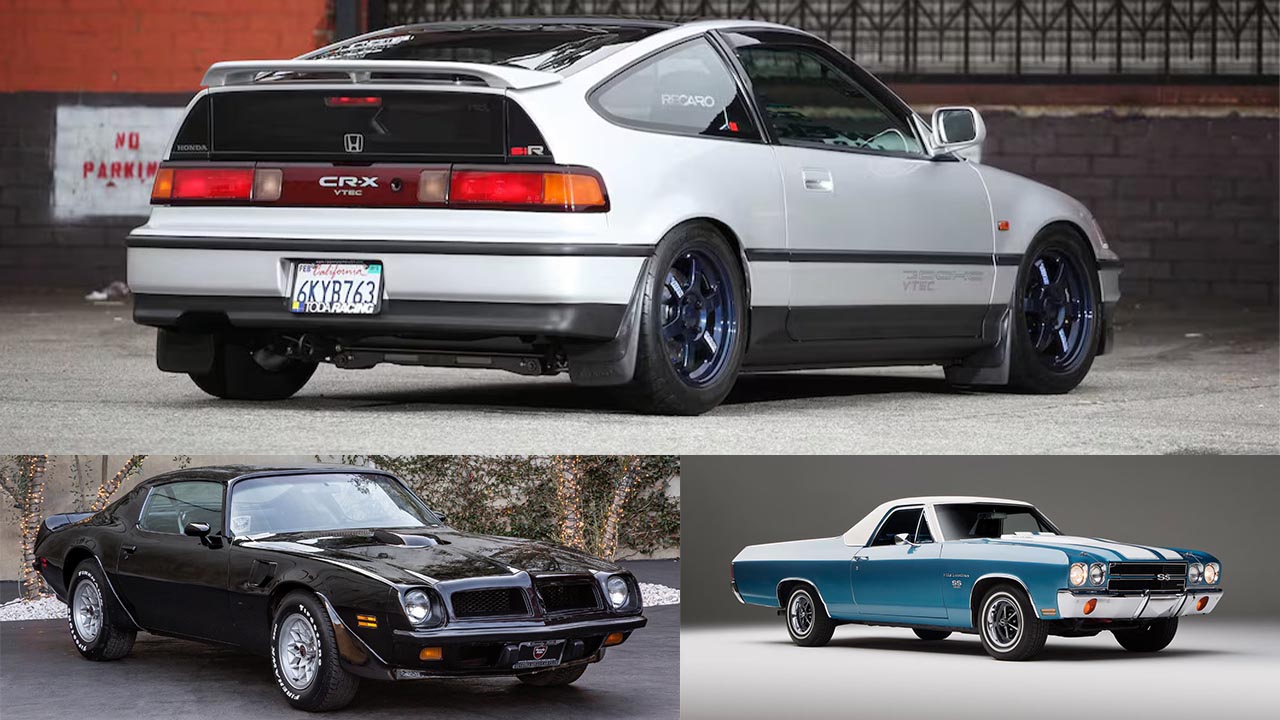In the automotive industry, models, brands, and even entire manufacturers rise and fall. Every year, automakers refine their lineups, phasing out older models while introducing new ones.
Over the course of automotive history, thousands of vehicles have been revealed, but only a select few have endured the test of time, remaining in continuous production.
Inevitably, many vehicles are discontinued for various reasons. Some models fail to attract buyers. Others prove too costly to manufacture, preventing automakers from turning a profit.
In some cases, a car’s time simply runs out. Yet, nostalgia holds tremendous influence. It’s no mystery why Ford resurrected the Bronco or why enthusiasts continue to invest in Mustangs, Camaros, and Challengers.
These cars evoke memories of “the good old days” while simultaneously honoring engineering milestones. However, most vehicle models don’t share this legacy and are discontinued after just a few years.
Despite their relatively brief time on the market, certain discontinued models have made a lasting impact. These vehicles, now absent from showrooms, are overdue for a revival from their manufacturers.
10. Alfa Romeo 1750 GTV (1967-1972)
The compact Alfa sports coupe, widely known as the GTV 1750, epitomizes everything that made Italian cars of the late 1960s remarkable.
It’s one of those rare vehicles in which ride quality, handling, engine performance, transmission, and major controls achieve a near-perfect balance, resulting in a harmonious driving experience that remains unforgettable.
If only every car enthusiast today had the chance to clock some miles behind the wheel of an Alfa Romeo GT 1750—it would truly be a car lover’s dream.
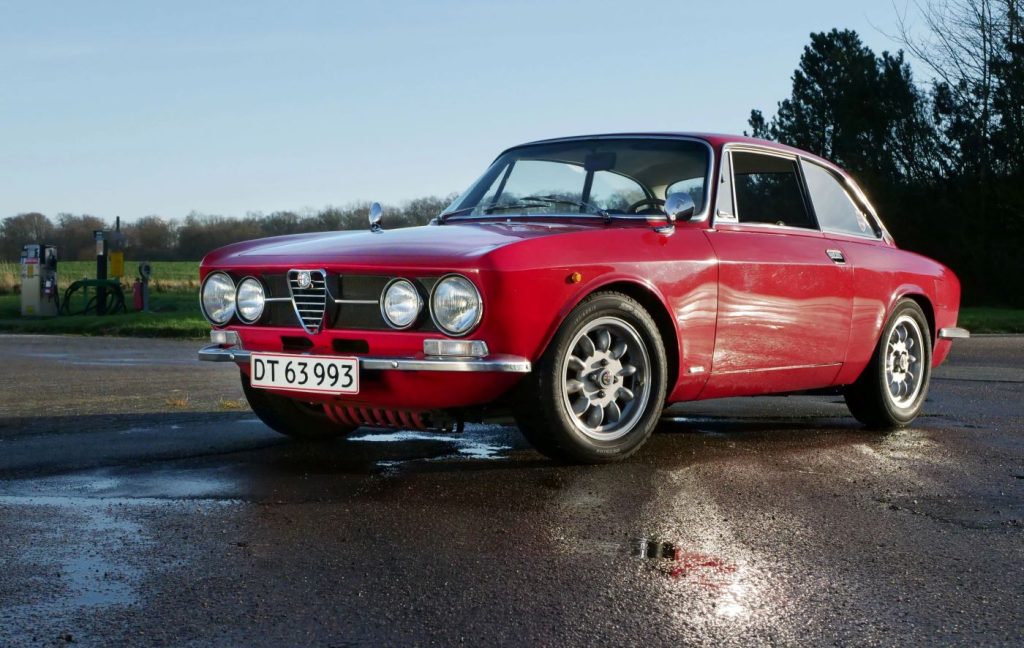
9. Chevy El Camino (1959-1987)
The El Camino was Chevrolet’s answer to Ford’s Ranchero, a utility coupe that carved out a niche in an untapped market.
However, it wasn’t until 1968—when the El Camino underwent a complete redesign and was equipped with a more powerful SS engine—that it cemented its place among the legends of American muscle cars. It remained a fixture in this category throughout the late 1960s and the entirety of the 1970s.
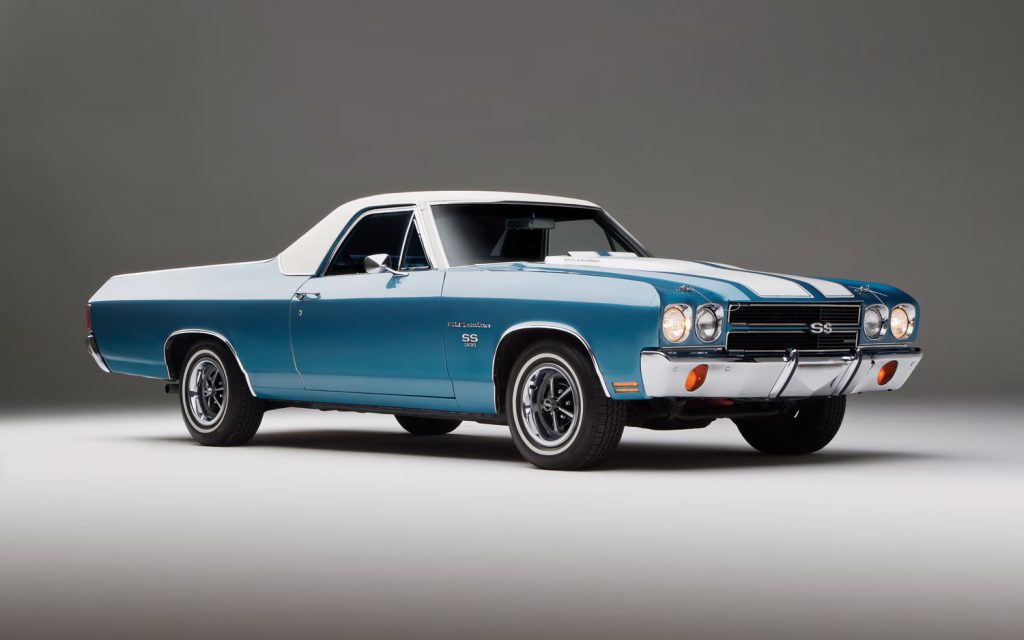
Following the 1984 model year, production of the El Camino shifted to Mexico. By 1987, Chevrolet discontinued the model, largely due to the rising success of the Chevrolet S-10 pickup.
More than 25 years have passed since the last El Camino rolled off the production line, and while rumors once hinted at a 2016 El Camino revival, more affordable pickup imports from Thailand seemingly put an end to those plans.
Also Read: 12 Secret Features Hidden in Popular Cars That Will Surprise You
8. Honda CRX (1983-1991)
In the mid-to-late 1980s, as fuel prices climbed and oversized American cars dominated the roads, Honda introduced the CRX—a compact, two-seater designed for both efficiency and enjoyment.
However, the CRX’s exceptional fuel economy wasn’t the only reason Americans fell in love with it.
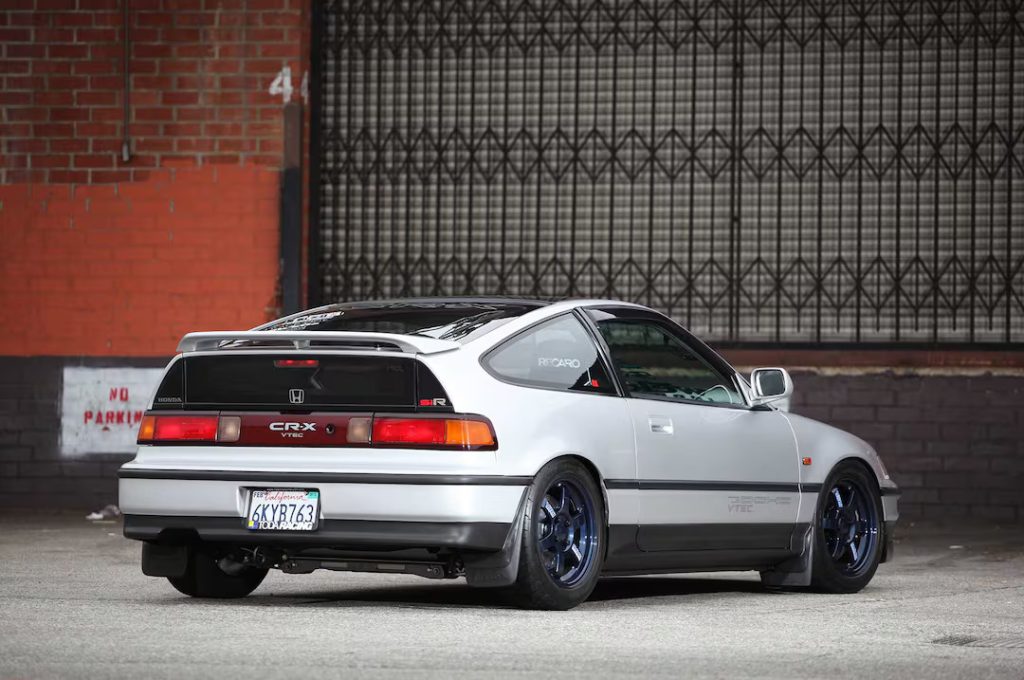
Drivers also admired the performance it delivered, thanks to its aluminum 1.3-liter CVCC engine in the economy model and the aluminum 1.5-liter, four-cylinder engine in the sport model. In addition to its power, the CRX was celebrated for its outstanding handling, making it a joy to drive.
With today’s engine technology more advanced than ever and lightweight materials like carbon fiber more accessible, a modern CRX revival would almost certainly be a success.
7. Nissan 240SX (1989-1999)
Nissan never provided an official explanation for discontinuing the 240SX in the U.S. However, speculation suggests that by the late 1990s, American buyers were shifting toward practical vehicles like SUVs, leaving little demand for an affordable rear-wheel-drive sports car.
Originally designed as a simple, budget-friendly two-door, the 240SX gained a devoted following among tuners, who appreciated its lightweight build, front-engine, rear-wheel-drive layout, and accessible price.
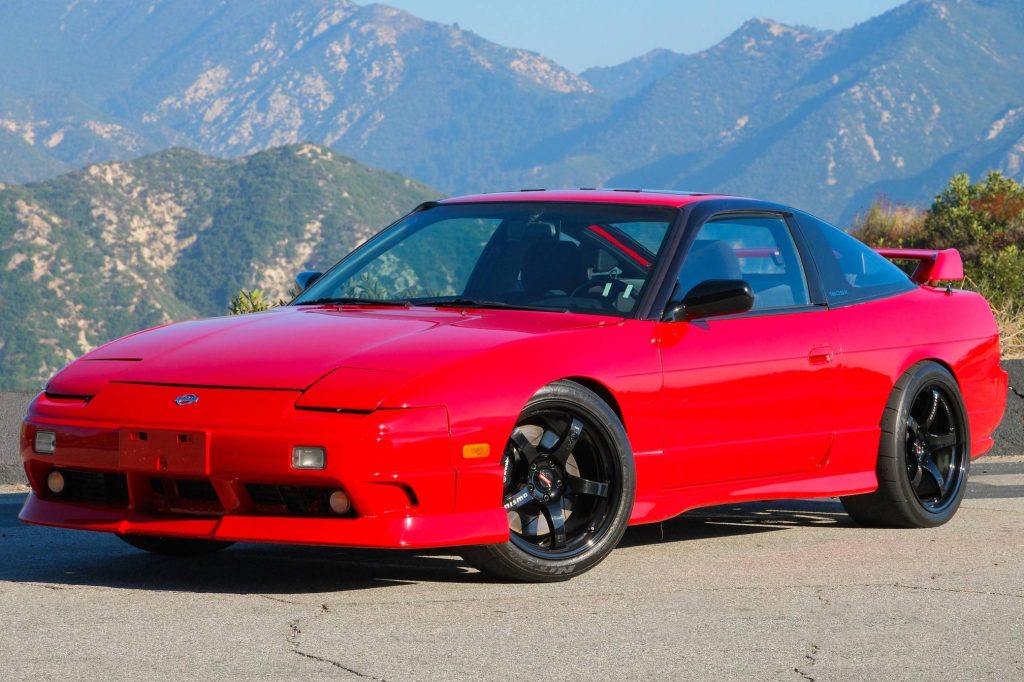
Over the years, the 240SX has become a staple in tuning and drift communities, with strong aftermarket support and a thriving fanbase.
Given its enduring popularity among enthusiasts today, it’s hard to imagine that a 2023 Nissan 240SX wouldn’t be a massive hit if Nissan brought it back.
6. Pontiac Firebird Trans Am (1969-2002)
The late Burt Reynolds will forever be linked to the world of car culture thanks to his high-speed antics in Smokey and the Bandit.
His black and gold 1977 Pontiac Firebird Trans Am became an American muscle car icon, and the car’s connection to both the movie and Reynolds himself has cemented its legendary status.
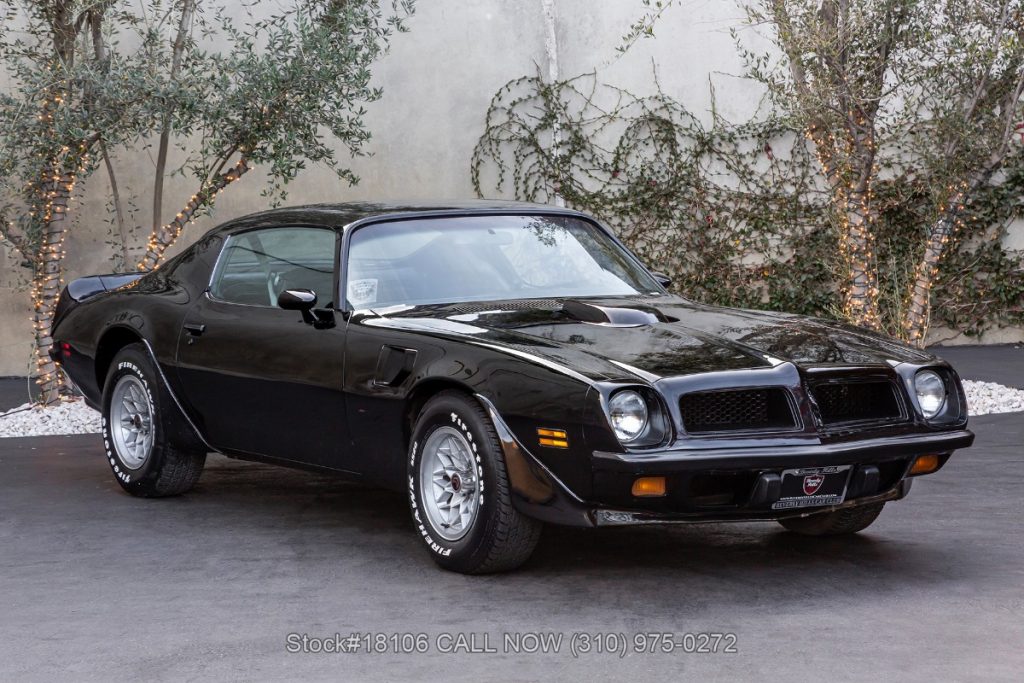
The Firebird was last produced in 2002, and Pontiac as a brand was discontinued by GM in 2010. However, recent rumors suggest that a new Pontiac Trans Am Firebird could be on the horizon.
As classic car values continue to climb, particularly for Firebird Trans Am models at high-end auctions, it’s clear there would be a strong market should Pontiac decide to revive this legendary 1970s muscle car.
5. Toyota MR2 (1984-2007)
The MR2 is fondly remembered for its mid-engine layout, thrilling driving dynamics, and timeless styling. With a small yet powerful engine packed into an ultra-lightweight frame, it delivers an exhilarating performance with well-balanced handling.
Its distinctively 1980s angular design, reminiscent of Italian supercars from the same era, still carries a unique visual appeal today.
Since Toyota discontinued the MR2 in 2007, speculation has persisted about its potential return—especially after the successful revivals of the Supra and Celica.
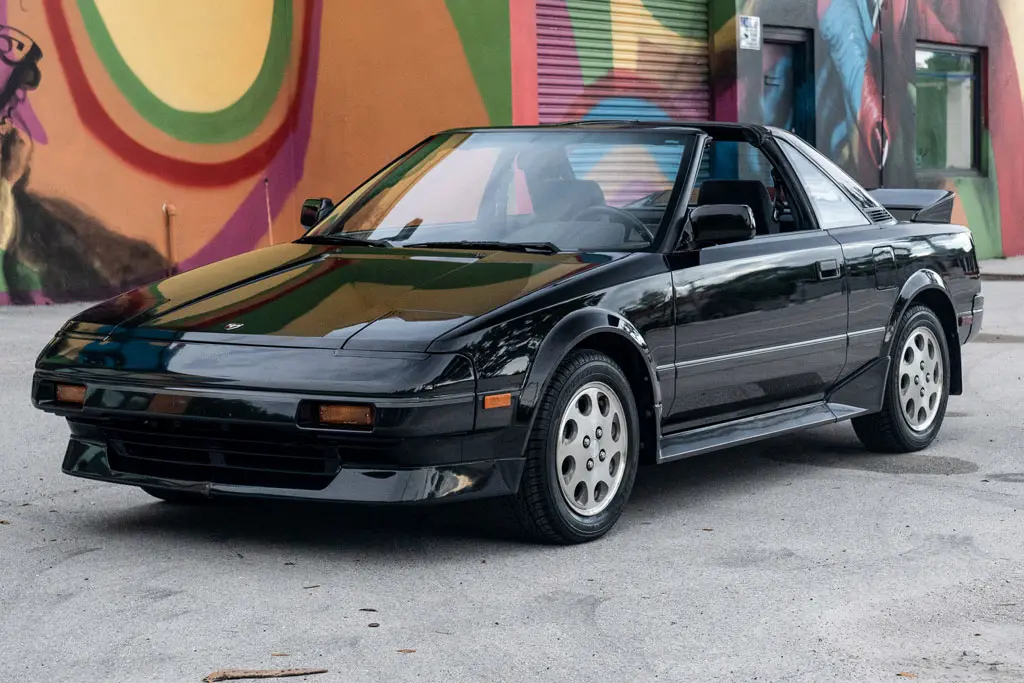
As far as we’re concerned, an all-electric MR2 could be the perfect way for Toyota to bridge its long-standing expertise in hybrid technology into the future.
Given the automotive industry’s advancements over the past 15 years in engine development and new technologies, this could be an exciting and logical step forward.
Also Read: 12 Secret Features Hidden in Popular Cars That Will Surprise You
4. Volvo P1800 (1961-1973)
The Volvo P1800 was originally designed to catch the eyes of passersby and increase what is now known as “floor traffic,” enticing showroom visitors to leave with a brand-new Volvo.
The strategy worked, as even six decades after its debut, there still isn’t another car on the road that looks quite like the P1800.
Even before its official showroom arrival in 1961, the P1800 captivated audiences with its sophisticated and sporty design. Over the years, its appeal has endured, and today, the model remains highly sought after by collectors, with dedicated enthusiast clubs keeping its legacy alive.
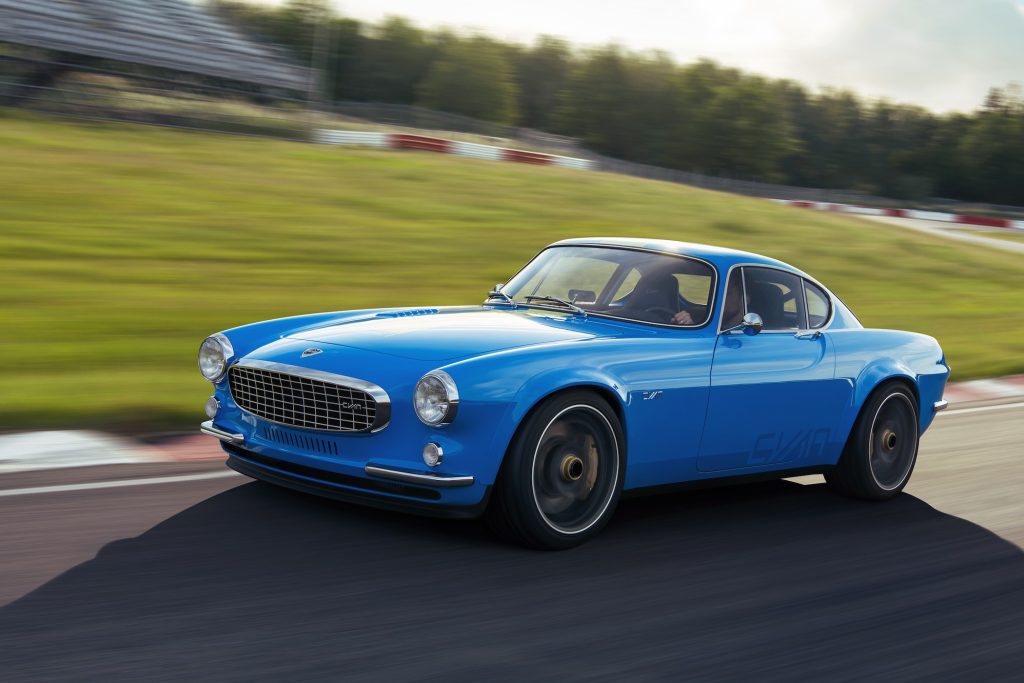
Beyond its stunning aesthetics, the P1800 also left a mark on both the automotive world and popular culture. It even set a world record for the highest recorded mileage on a privately owned vehicle—when, in 2014, Irvin Gordon’s 1966 cherry red P1800 surpassed an astonishing 3.04 million miles.
It’s no surprise that the P1800’s design continues to stand the test of time. A modern iteration of this classic could seamlessly blend vintage charm with cutting-edge technology, offering the best of both worlds for today’s driver.
3. Mitsubishi Lancer Evo (1992-2016)
Mitsubishi serves as a prime example of a once-glorious automaker that has gradually shifted toward producing budget-friendly, uninspiring vehicles.
Their recent financial struggles, coupled with their decision to discontinue their crown jewel—the Lancer Evolution—speak volumes.
Among the many standout models in Mitsubishi’s storied lineup, the legendary Lancer Evo played a crucial role in cementing the brand in the hearts and minds of car enthusiasts worldwide.
A true driver’s car, it featured race seats and a stripped-down, Spartan interior, delivering a unique high-performance experience that prioritized function over luxury.
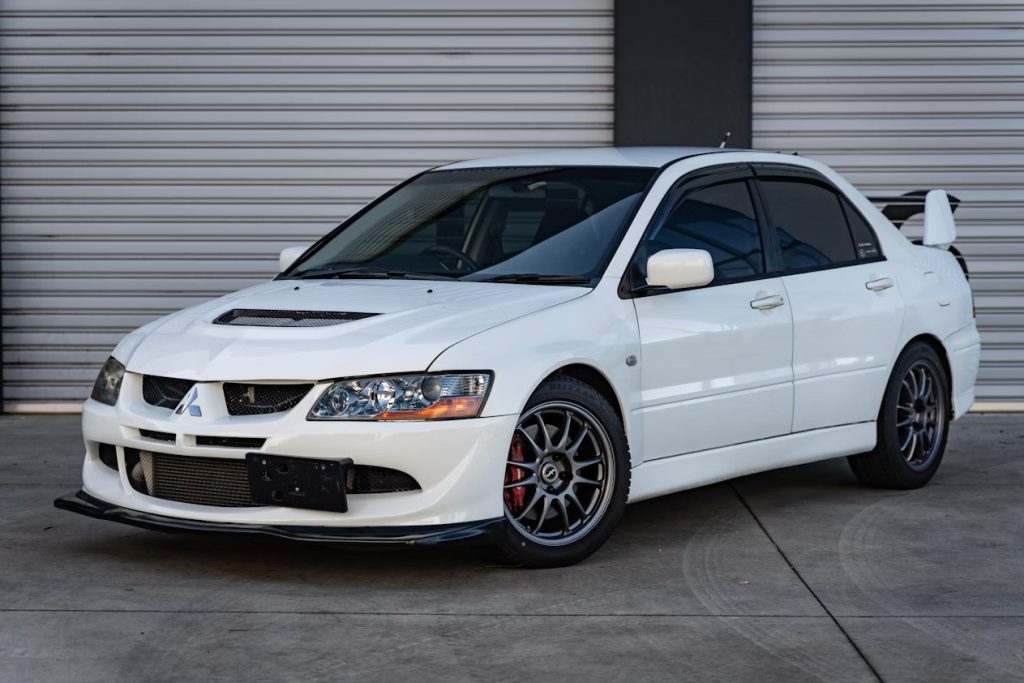
Although the Lancer Evolution is no longer in production, its devoted fanbase and even Mitsubishi’s own shareholders have not forgotten its impact.
If Mitsubishi were to return to stage rally or revive the Lancer Evolution, it could go a long way in restoring the brand’s global reputation. While such a comeback seems unlikely given the company’s current focus on electrification, this remains a model we would love to see reborn as a modern performance machine.
2. Plymouth Barracuda (1964-1974)
The Plymouth Barracuda holds a legendary status among classic American muscle cars. With its low-slung stance, massive tires, elongated hood, slant-back design, and sculpted wheel arches, it commanded attention wherever it went.
However, the golden age of muscle cars was ultimately short-lived. Stricter emissions regulations, rising insurance premiums, and the 1973 energy crisis put an end to the Barracuda’s reign.
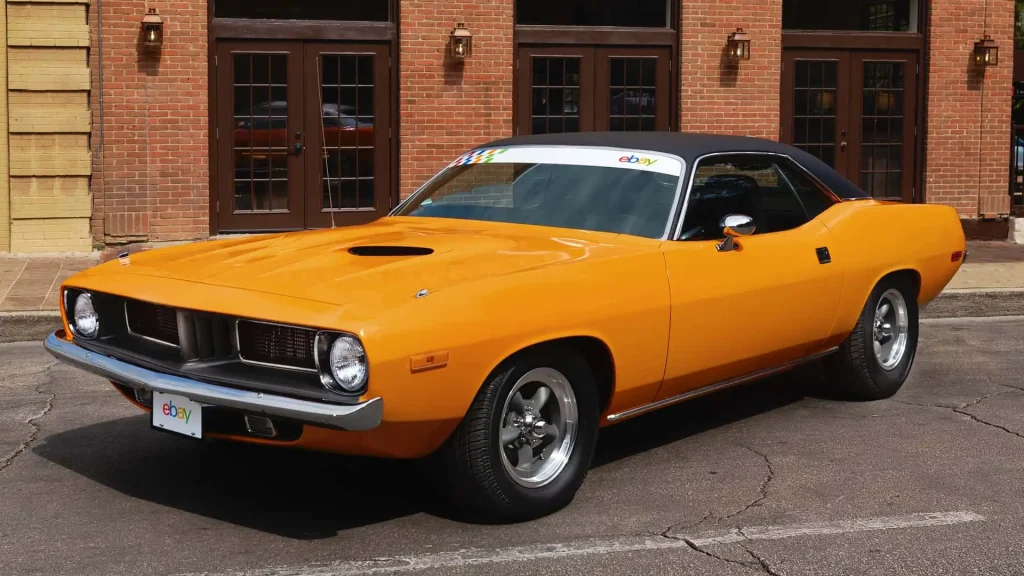
Despite its discontinuation nearly 50 years ago, Mopar fans have long hoped for a revival—rumors that have only intensified over the years. With the return of the Dodge Challenger, speculation about a Barracuda comeback has been further fueled.
In fact, the Barracuda was initially rumored to debut in 2018 in place of the Hellcat RedEye. However, due to the Hellcat’s overwhelming success, Dodge opted to double down on that platform instead. For now, enthusiasts can only wait and see if the Barracuda will finally make its long-anticipated return.
1. Lamborghini Miura (1966-1973)
The resurgence of interest in vintage supercars has been massive, but at the very top of that movement is the Lamborghini Miura.
At a time when mid-engine layouts were primarily reserved for race cars, the Miura’s groundbreaking proportions and raw power forced even the most established exotic car manufacturers to take notice.
It stands as the true predecessor to every high-revving supercar that followed. However, bringing back the Miura would mean venturing into uncharted territory for Lamborghini.
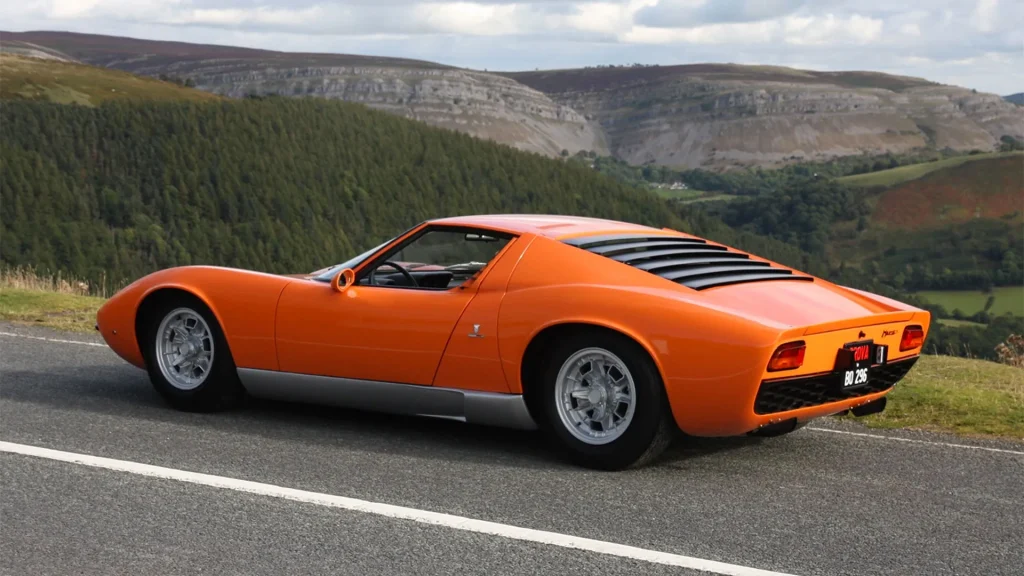
Unlike other models, the Miura never received a direct successor, as Lamborghini shifted its focus toward wedge-shaped, rear-mid-engine coupes and roadsters.
Even so, the likelihood of the motoring public embracing a revived Miura is incredibly high. Among Lamborghini’s historic lineup, the Miura remains in a league of its own. While we can understand the brand’s hesitation to revisit such an iconic design, it’s hard to deny the excitement a modern Miura could generate.

